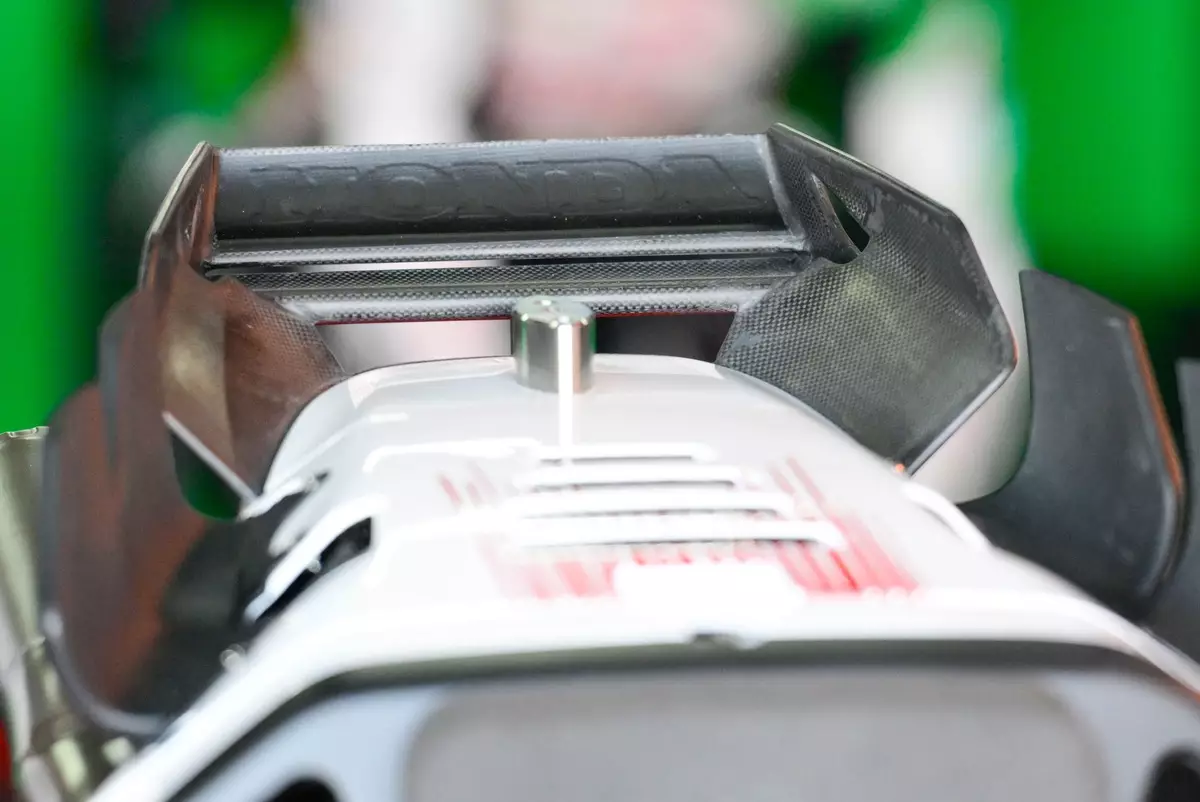The challenges faced by Honda in the MotoGP arena have prompted significant innovations and strategic shifts aimed at enhancing performance on the track. The recent testing in Buriram provided valuable insights into Honda’s ongoing efforts to overcome their competitive shortcomings. With its flagship bike, the RC213V, undergoing noteworthy modifications, the question arises: Are these changes sufficient to propel Honda back into contention?
During the initial day of testing in Buriram, Honda showcased a revamped design for the RC213V, particularly focusing on the rear section of the bike. Johann Zarco, Honda’s top scorer for the 2024 season, was entrusted with testing these upgrades, which first emerged during the Sepang test earlier in the month. Notably, the introduction of new aerodynamic components, including wings and a rear spoiler, is integral to Honda’s strategy to regain competitive top speeds.
Observations from the Buriram pit lane revealed a unique engineering approach featuring vertical flaps that work symbiotically to optimize airflow around the bike. This innovation aims to enhance the efficiency of the rear wing, a critical element in generating necessary downforce while also minimizing drag. The strategic removal of the ‘flap tower’ seen in earlier designs signifies Honda’s commitment to refining aerodynamic efficiencies holistically rather than relying on singular enhancements.
A core issue Honda must address is its performance gap relative to competitors, particularly evident in its 7 km/h speed deficit to Ducati noted in Sepang. While power deficiencies have plagued the Honda engine, the design modifications aimed at other performance areas could provide a multifaceted solution to regain lost ground. The inward curving of rear wing bulkheads, intended to direct airflow effectively, represents a pivotal change in Honda’s aerodynamic strategy.
The competitive landscape of MotoGP is unforgiving, and Honda’s engineering team understands that merely tweaking existing components may not be enough to restore the brand’s historic dominance. Thorough testing across multiple bikes in Thailand allows the factory to analyze vast data points, fine-tuning adjustments in real-time with input from various riders.
Zarco’s reflections after his testing reveal a silver lining. He reported satisfaction with the recent upgrades, particularly their responsiveness when fitted with new tires. However, he also emphasized the challenges faced in maintaining consistent performance throughout the session, attributing variances to differing tire dynamics compared to previous tracks. This testimony serves as an essential marker for Honda’s engineers as they assess how environmental and technical variables influence overall performance.
Despite improvements, Zarco remarked that the advancements have yet to yield a definitive edge over competitors, underscoring his and the team’s desire for further enhancements. The ongoing battle to achieve a breakthrough performance highlights Honda’s awareness of the harsh reality in MotoGP—a sport where incremental gains can mean the difference between victory and obscurity.
As the start of the MotoGP season looms in March, the combination of rider feedback, data from multiple test bikes, and newfound aerodynamic strategies presents a complex but hopeful picture for Honda. While improvements in lap times, as evidenced by Zarco’s competitive pace alongside Luca Marini, indicate progress, a cautious optimism prevails.
The path toward competitive resurgence requires a blend of rapid adaptation and innovation. In the cutthroat environment of MotoGP, Honda recognizes that continuous evolution is critical. As they head toward the upcoming racing season, the resolve to claw back into a fighting position will be tested against formidable competition.
Honda’s recent trials represent not just a technical overhaul but a commitment to reclaiming its standing in the MotoGP hierarchy. While the modifications mark a step towards regeneration, the ultimate test will be their efficacy when faced with the rigor of actual races. Only time will tell if these incremental changes will yield the significant leap needed to re-establish Honda as a dominant force in MotoGP.

